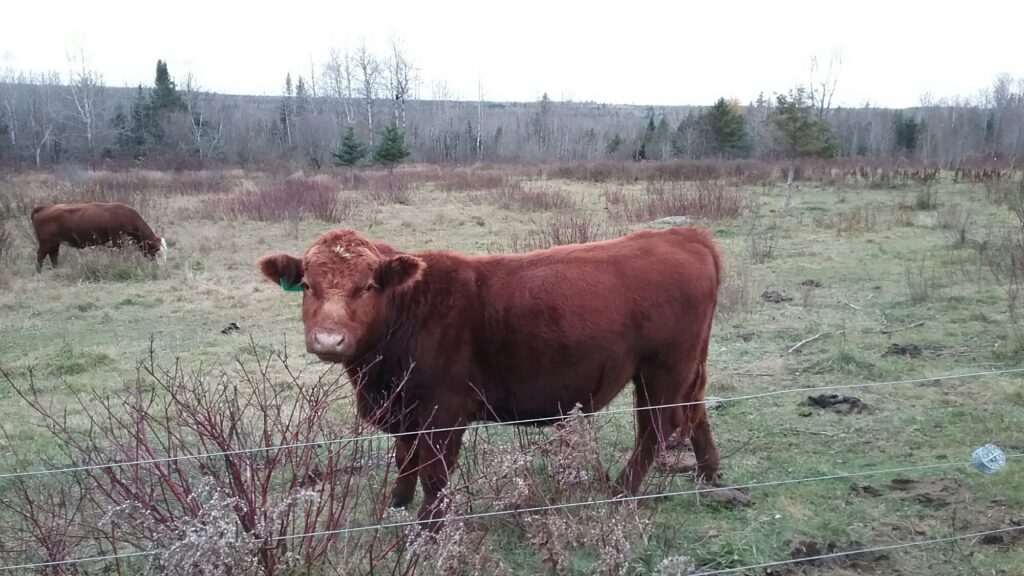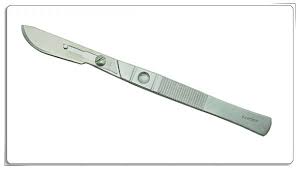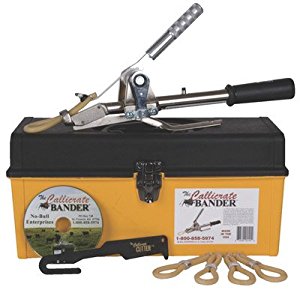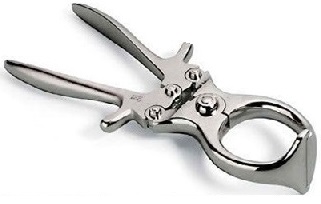
Castration is the simple process of removing a bull’s ability to reproduce. A castrated bull is commonly referred to as a steer.
Why would you want to castrate a bull?
To promote a quality cattle herd, we can’t have just any and every bull breeding with our cows. For starters, breeding of closely related animals can cause genetic problems related to inbreeding. Breeding a bull calf back to his mother, outside of select line breeding applications, should be avoided. Even if not related, animals with poor quality or undesirable genetics should not be breeding with your cows if you’re interested in improving the herd.
In addition to genetic impacts, cattle marketing is an important reason to castrate bulls. Steer calves commonly sell at a premium to bull calves in feeder markets because a steer is much easier to manage in a feed yard. Steers tend to fight less than bulls, and don’t spend all of their time and energy trying to breed heifers or cows. Feed yards like to avoid management problems, so they pay more for steers.
When should you castrate a bull?
Traditional thought held that bulls should be left intact for several months before castration in order to maximize growth rates. However, today’s veterinarians tend to agree that there is no growth benefit to delaying castration. In fact, the common saying now is that “the longer those things are attached to the bull, the more attached the bull is to them”. In other words, if you plan to castrate a bull, it’s best to get it done as early as possible. Stress is minimized at such a young age, and the calf gets over it pretty quick. The first few years on our farm, we banded bull calves when we tagged them, shortly after birth. As our management approach has changed, we’ve gone to banding later on, at a few months of age.
You can’t always castrate a bull at birth, even if you want to. Sometimes they can’t be caught, and sometimes it doesn’t work with your herd management strategy. For instance, you may want to keep a bull calf intact to eventually become a breeding bull. Leaving him intact allows us to watch him develop over time. If he doesn’t turn out to have the characteristics we’re looking for in a herd bull, we castrate. Oftentimes that takes place at weaning time.
How do you castrate a bull?

There are a few different ways to castrate a bull, and each has its advantages and disadvantages. The first method is cutting. This is the most traditional method, but may require a strong stomach for most. The tip of the scrotum is cut open and the testicles are pulled out. Sometimes they’re cut off, and sometimes the cords are pulled until disconnected. This is the lowest cost and most effective castration method available. It’s painful for a spell, but long term health and well being of the animal isn’t compromised a bit. Iodine is typically squirted in the wound to prevent infection. Cutting can be done effectively at any stage in the bull’s life.
Pinching is another castration method. A special tool (the ‘Burdizzo‘, for example) is used to clamp tight on and pinch the cords leading to the testicles. This cuts blood supply to the testicles and renders the bull sterile. There is no open wound, minimizing the chance for infection. There is, however, some potential for failure with this method if not done correctly.

Banding has grown in popularity as a castration method in recent years. A tool is used to place a rubber band over the scrotum and testicles, and the band cuts off blood supply, causing them to fall off in a matter of weeks. The method is clean and results in no open wounds. However, there is some risk of infection or tetanus. Newborn bull calves can be banded with a small, inexpensive tool and tiny band. They are easy to catch and this method is very effective, as long as both testicles are placed below the band. Older calves and yearling bulls must be banded with a larger tool, such as the Elastrator. These tools are far more expensive and require animals being confined in an areas such as a headgate/squeeze chute for safe and effective banding.
Castration is an important practice for the proper management of a cattle herd, and several methods are available to get the job done. Depending on your situation, some of these may work better than others. Always consider your safety and the health of your animals when deciding how to castrate bulls in your herd.
Please be sure to also read our post on: Beef Bull Castration: Using Castration Banders, including the Callicrate SMART Bander. We provide the most up-to-date information on CASTRATION BANDERS, as well as insight into our current methods for castration, including delayed calf processing and castration. Be sure to check it out! Thanks!

Leave a Reply